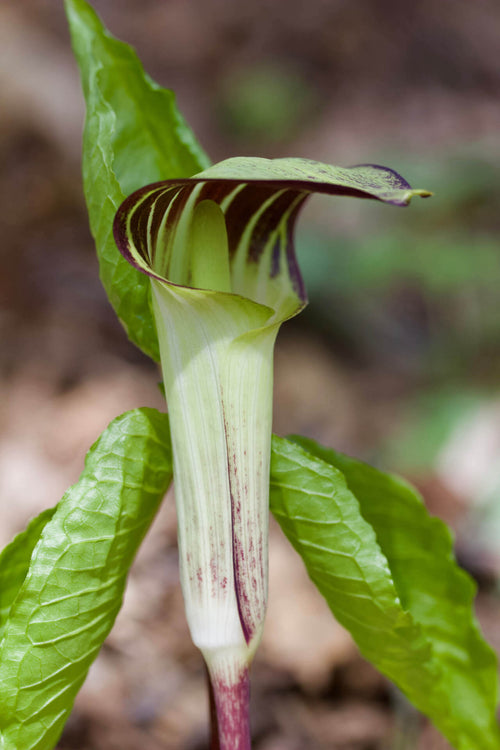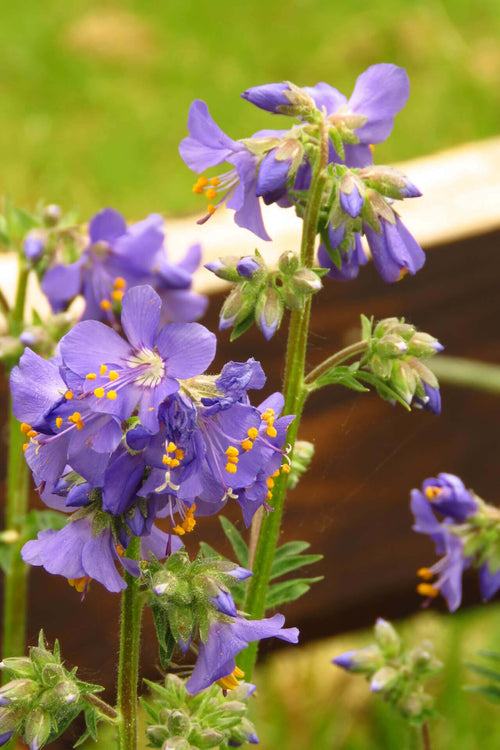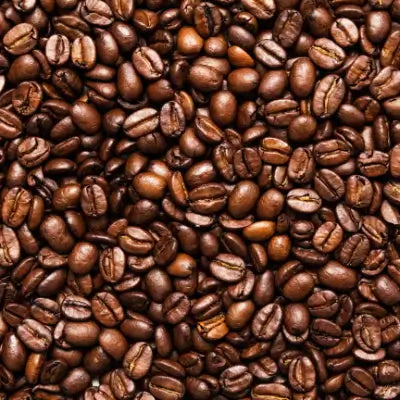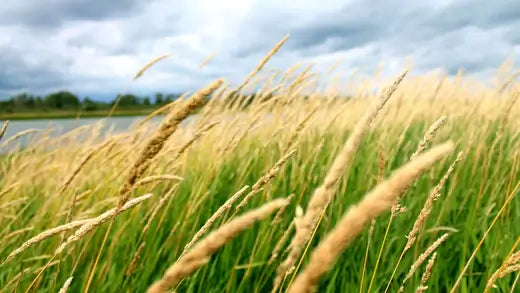Perennials come back year after year, sometimes for decades.
The flowers are generally less showy than annuals, which only last a year, but they're prized because of their sturdiness, the variety of colors, and the shapes of their leaves and blooms. Most are also easy to grow and don't need too much pampering.
Perennial plants often make up herbaceous borders in a garden.
Different perennials include Virginia bluebells, larkspur, may apple, and black cohosh. Perennials can have very different requirements for sunlight, climate, soil conditions, and water.
Virginia bluebells are plants with beautiful, blue, bell-shaped flowers that bloom in spring. They're found in the eastern woodlands of North America and have round, gray-green leaves. Virginia bluebells, also known as Virginia cowslip, make a lovely addition to a perennial garden. The plant can grow to around 24 inches tall. The gardener should guard against overwatering them and not plant them in a place where rain is abundant. They can be propagated by division or seeds, and many gardeners prefer seeds. These flowers need sandy soil that has a good amount of peat.
Larkspur is one of the most popular perennial plants. Flowers, which can be purple, blue, red, pink, white, or yellow, appear in the summer. Larkspur thrives in hardiness zones 3 to 8 and likes moist, well-drained, loamy, alkaline soil in full sun. The plant is also called delphinium. The plants should be spaced two feet apart and staked if they grow tall. Some species can grow to five feet tall. Jack in the Pulpit loves shade, so they go well with this plant.
Perennial like the may apple is a plant for a shady, damp spot in the garden.
It has large leaves that form an umbrella shape and is one of the first flowers to bloom in spring. The may apple produces a single white flower which turns into a golden fruit by late summer. The fruit is edible. The plant can be propagated by rhizomes or seeds and should be planted in moist, acidic soil. Jacobs Ladder goes well with the may apple plant.
Black cohosh is often grown as a medicinal herb. It's mainly used to ease problems in the female reproductive system. It's native to the eastern part of North America and can be found as far west as Arkansas. It's found in the woods and produces clusters of white flowers in the early summer. It likes heavy, damp soil. Black cohosh has a somewhat fetid smell that gives it the nickname bugbane.



















































